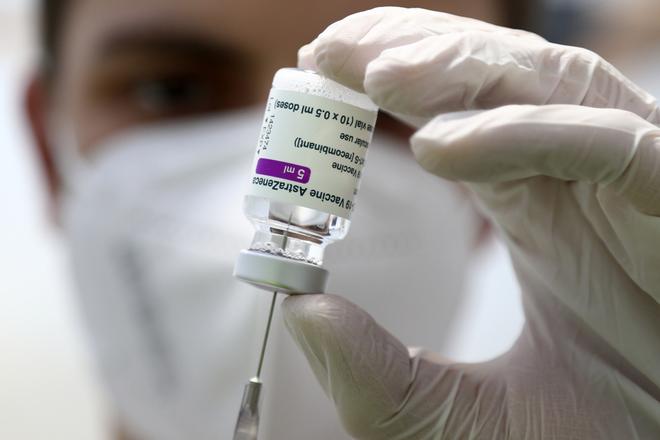When the coronavirus first reached Slovakia's marginalised Roma communities in the spring of 2020, very few among the public objected against closing the communities within police- or military-controlled quarantine. The hygienic conditions in the settlements have been seen as making the people living in them particularly vulnerable to spreading infection. Fast forward one year, Covid vaccination is rolling out in Slovakia, but vulnerable communities appear not to have access or interest in it.
People living in marginalised Roma communities make up a significant portion of inhabitants in some regions of the country. Exact up-to-date data are currently unavailable. The Atlas of Roma Communities from 2013 states that nearly 74,000 people (or 18.4 percent of all estimated Roma inhabitants of Slovakia) lived in segregated communities, while tens of thousands lived in Roma settlements on the margins or within municipalities.
“Coronavirus has exposed the vulnerability of this part of the population, and that isolation means an everyday struggle for survival in relation to marginalised Roma communities,” Andrea Bučková, the government's proxy for Roma Communities, told The Slovak Spectator.
Her predecessor in the post, Ábel Ravasz, concurred that the pandemic fully unveiled the precarious position these communities are in. Speaking to The Slovak Spectator, Ravasz listed the full-scale quarantine, the loss of jobs after the labour market situation worsened and children struggling to keep up with online learning without proper access to the internet, among the main problems.
Closures not automatic, hygienists claim
Unlike majority inhabitants, the first quarantines in the Roma communities early on in the pandemic meant the arrival of the police and the military to the area to make sure there would not be violations.
Even when that ceased to be a frequent sight, entire areas were often put in quarantine. Bučková noted that since the end of last year, her office had information of 50 cases of entire quarantined communities, parts of villages or whole blocks of flats. The number of marginalised Roma communities ordered to quarantine regularly increased over the winter and early spring of 2021, as Slovakia was coping with the second surge of the infection.



 Illustrative stock photo (source: TASR)
Illustrative stock photo (source: TASR)